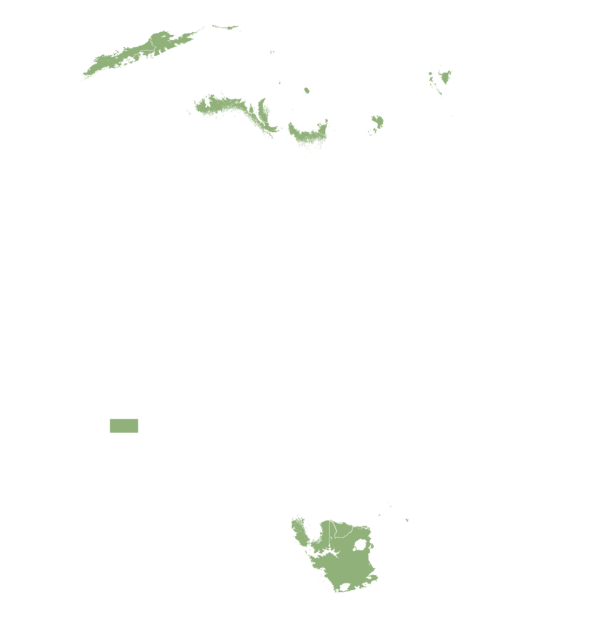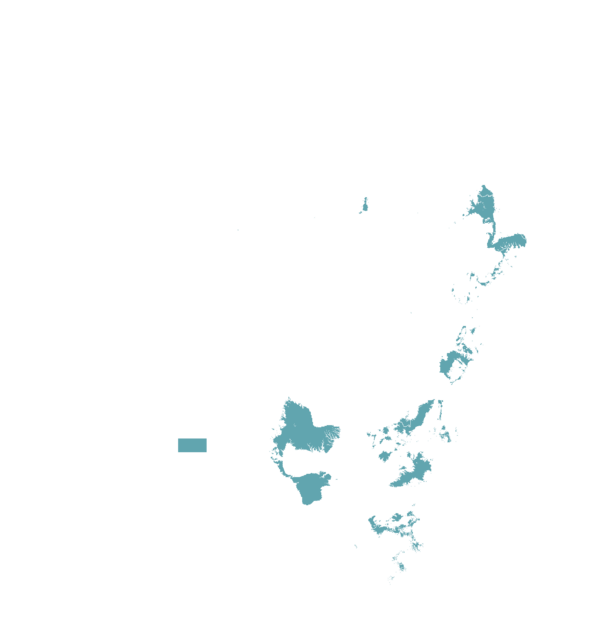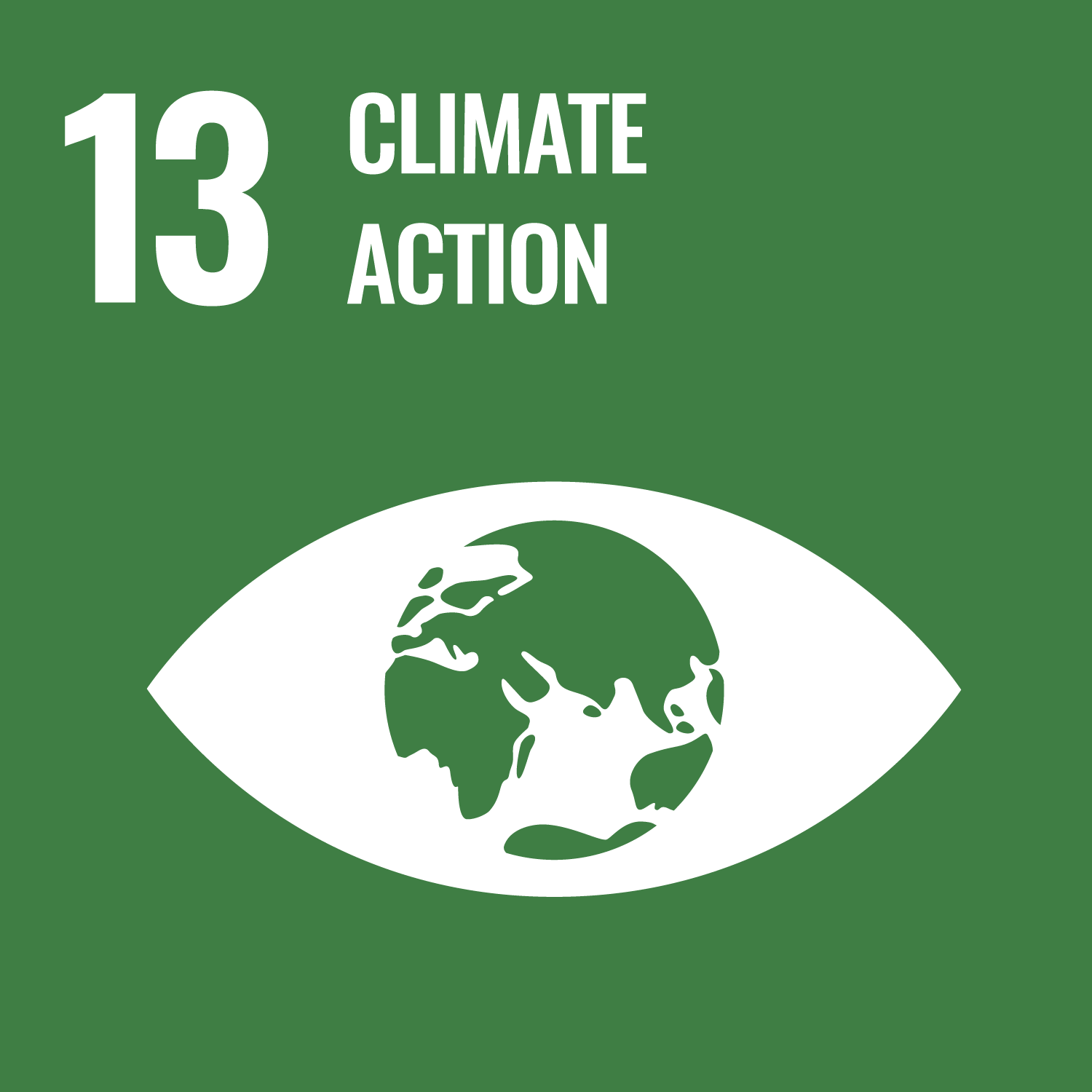

Low-cost and fast irrigation technologies for smallholder farmers.
The MoneyMaker Solar pump, weighing 2kg, is complemented by a 60W solar panel. Compact in size at approximately 10cm x 10cm x 20cm, it operates as a submersible pressure pump, capable of lifting water upwards of 10 meters. Hoses (¾”) are optional and add additional weight and cost. This solar-powered solution offers a lightweight and efficient option for small-scale irrigation, reducing dependence on manual methods and traditional power sources.
This technology is pre-validated.
Adults 18 and over: Positive high
The poor: Positive medium
Under 18: Positive high
Women: Positive high
Climate adaptability: Highly adaptable
Farmer climate change readiness: Significant improvement
Biodiversity: Positive impact on biodiversity
Carbon footprint: Much less carbon released
Environmental health: Greatly improves environmental health
Soil quality: Improves soil health and fertility
Water use: Much less water used
The MoneyMaker Solar pump offers an efficient solution for delivering water to crops, reducing labor and costs compared to manual methods. To integrate the MoneyMaker Solar pump technology:
Develop communication materials such as flyers, videos, and radio broadcasts to educate farmers and stakeholders about the benefits and proper use of the MoneyMaker Solar pump.
Collaborate with agricultural development institutes and fleet managers to facilitate the adoption and implementation in various areas.
By following these steps, you can effectively integrate the MoneyMaker Solar pump technology into your agricultural project, enhancing efficiency and productivity while reducing labor costs.
Water distribution
Trademark
Scaling Readiness describes how complete a technology’s development is and its ability to be scaled. It produces a score that measures a technology’s readiness along two axes: the level of maturity of the idea itself, and the level to which the technology has been used so far.
Each axis goes from 0 to 9 where 9 is the “ready-to-scale” status. For each technology profile in the e-catalogs we have documented the scaling readiness status from evidence given by the technology providers. The e-catalogs only showcase technologies for which the scaling readiness score is at least 8 for maturity of the idea and 7 for the level of use.
The graph below represents visually the scaling readiness status for this technology, you can see the label of each level by hovering your mouse cursor on the number.
Read more about scaling readiness ›
Uncontrolled environment: tested
Common use by projects NOT connected to technology provider
| Maturity of the idea | Level of use | |||||||||
| 9 | ||||||||||
| 8 | ||||||||||
| 7 | ||||||||||
| 6 | ||||||||||
| 5 | ||||||||||
| 4 | ||||||||||
| 3 | ||||||||||
| 2 | ||||||||||
| 1 | ||||||||||
| 1 | 2 | 3 | 4 | 5 | 6 | 7 | 8 | 9 | ||
| Country | Testing ongoing | Tested | Adopted |
|---|---|---|---|
| Kenya | –No ongoing testing | Tested | –Not adopted |
This technology can be used in the colored agro-ecological zones. Any zones shown in white are not suitable for this technology.

















| AEZ | Subtropic - warm | Subtropic - cool | Tropic - warm | Tropic - cool |
|---|---|---|---|---|
| Arid | ||||
| Semiarid | ||||
| Subhumid | ||||
| Humid |
Source: HarvestChoice/IFPRI 2009
The United Nations Sustainable Development Goals that are applicable to this technology.



Last updated on 21 March 2025